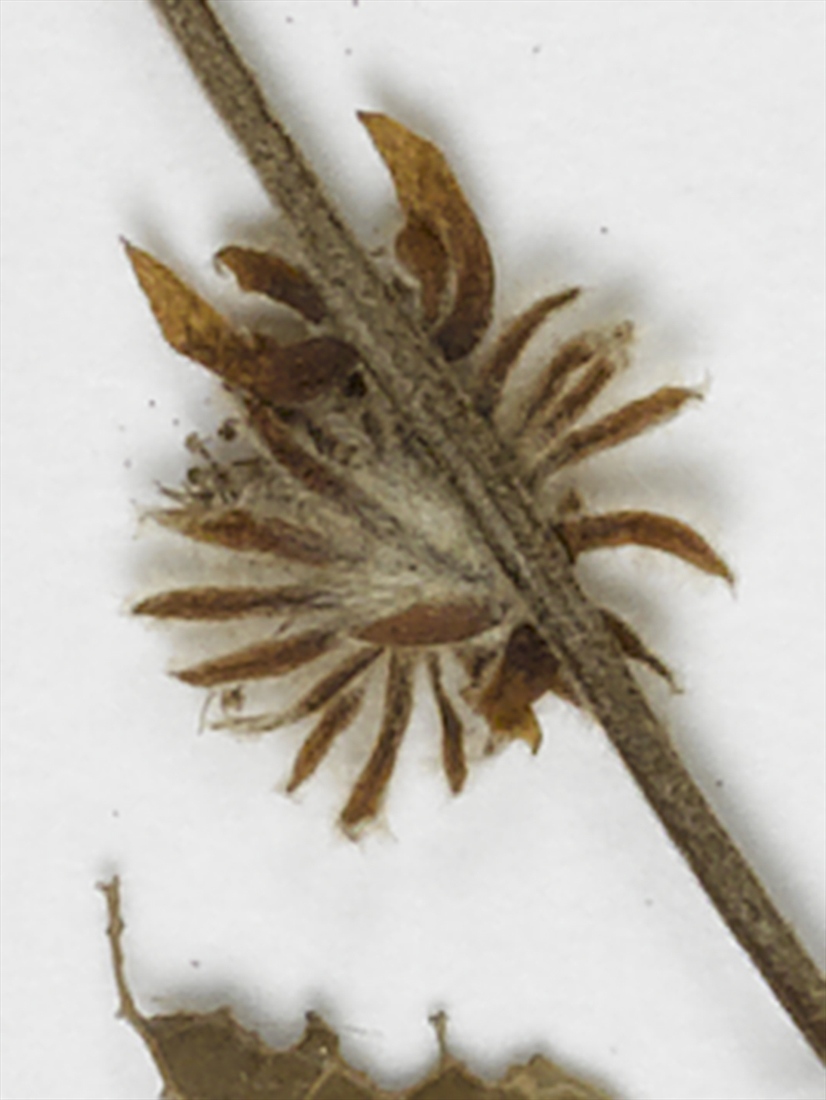Australian Tropical Rainforest Plants - Online edition
Homalium alnifolium Thwaites & F.Muell. ex F.Muell.
Mueller, F.J.H. von (1861), Fragmenta Phytographiae Australiae 2(15): 127. Type: "In vicinia urbis Rockhampton ad flumen Fitz Roy. A. Thozet."
Homalium; Brown Boxwood
Leaves simple, alternate. New growth often reddish. Stipules 2, free, lanceolate, 1-5 mm long. Petiole short, 0.6-2 cm long, channelled above. Leaf blade broadly ovate to elliptic, usually 5-15 cm long, 3-6 cm wide, base obtuse or cuneate to decurrent, margin serrate-crenate, apex of each tooth spineless, leaf apex obtuse, acute or acuminate. Leaves glabrous or nearly so, some sparse hairs occasionally on lower leaf surfaces along midrib (towards base). Lateral veins 5-9 pair.
Inflorescence an axillary spike, 5-13 cm long. Flowers bisexual up to 8 mm diam., sessile, subtended by 1 bract to 5 mm long and 2 smaller bracts about 2 mm long. Perianth of 14-16 similar white tepals about 2.5-4 mm long, hairy. Tepals appear in one whorl at anthesis, although in two whorls in bud, 7 or 8 smaller ones alternating with 7 or 8 slightly larger ones. Stamens > 20 usually in fascicles of three (sometimes four), opposite larger tepals and alternating with disk glands. Each stamen up to 3 mm long, anthers very small, pollen yellow. Ovary half-inferior, densely hairy on the inner surface, the hairs being quite long and almost filling the ovary cavity. Style branched 5(6).
Features not available.
Occurs in CEQ from Mt Elliot, near Townsville, southwards to south eastern Queensland. Grows in dry rainforest and thickets. Altitudinal range from near 50 m to 500 m.
This profile information and associated coding has been adapted from Cooper & Cooper (2004), Harden et al. (2014) and Jessup (1982).







